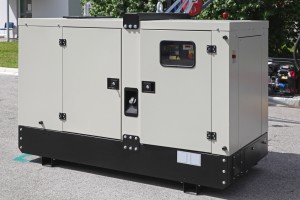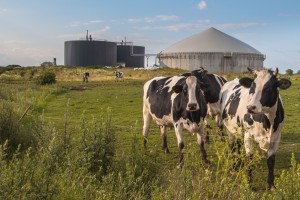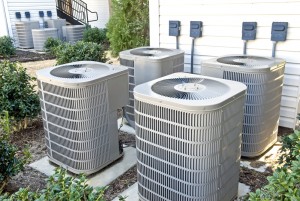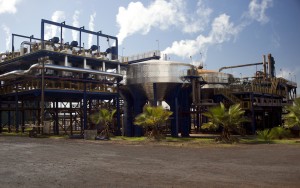How GHGi Analytics records Scope 1 Emissions?
Scope 1 emissions come from sources owned or controlled by an organisation.
What are Scope 1 Emissions?
Scope 1 emissions are generally those released on an organisation’s site or from their petrol and diesel vehicles. More accurately they are emissions that come from sources are owned or controlled by an organisation. Typically these are emissions generated by gas boilers and owned or leased cars, vans & lorries, but can include aircraft, ships and trains. They form part of the requirements of the Streamlined Energy and Carbon Emissions Reporting (SECR) required by the UK government. Increasingly they are measured as part of an organisation’s plans to reach Net Zero.
GHGi Analytics is designed to accept and report on the range of options that can fall with Scope 1.
If you want to simplify your Scope 1 and Scope 2 emissions reporting click the link.
GHGi Analytics Records Scope 1 Emissions
GHGi Analytics records Scope 1 emissions using the categories described below:
Natural Gas
Natural gas is the most common source of Scope 1 emissions. It is commonly used to generate electricity both by power companies and by large manufacturing companies. Other commercial uses include, heating, road transportation and in the manufacture of a range of products such as glass, steel and plastics.
GHGi Analytics can take information from the gas bill. Some organisations have automatic meter readers (AMR) where the readings are sent by SMS to the supplier and then forwarded to the customer where it is added to GHGi Analytics.
Stationary Combustion, not Natural Gas
Stationary combustion covers things like boilers, diesel generators, etc. There can be a number of fuel types including:
-
LPG,
-
Burning oil,
-
Diesel
-
Coal
Emissions are derived from the quantity of the relevant fuel used in the reporting period. GHGi Analytics holds the factors for over 30 fuel types within its database. These are updated as new factors are issued.
Bio Gas
With Biogas, the CO2 emitted, is not actually part of Scope 1. However, some organisations do include it in their reporting for completeness. It is usually included with stationary combustion, as this is the usual way it is used.
Within GHGi Analytics, Biogas has its own section to allow organisations to include it in their reporting if they wish to.
Owned Transport
This applies to all vehicles owned by the company. There are different fuel types, usually petrol, diesel and LPG. Increasingly Electric vehicles and Plug-in Hybrids need to be considered. GHGi Analytics takes the complexities into account.
The method used to purchase the vehicles will determine which Scope they fall into.
- Paid for by the organisation using its own funds and fully expensed is classed as Scope 1.
- Paid for by the organisation using a finance lease where the organisation makes a final payment to retain the vehicle, is classed as Scope 1.
- When the organisation contract hire or operating lease it can be classed as Scope 3.
GHGi Analytics takes these issues into account and the CO2e emissions derived from the amount and type of fuel used. The results are available for the requirements of the Streamlined Energy and Carbon Emissions Reporting (SECR).
Fugitive Emissions
Fugitive emissions result from leaks from refrigeration and air-conditioning systems. GHGi Analytics hold details of over 90 gases used for air-conditioning and refrigeration. The greenhouse gas emissions are derived from engineers’ maintenance reports.
Process Emissions
Process emissions are given off in a manufacturing process (e.g. cement, tyres, iron and steel). GHGi Analytics holds the complete list of the greenhouse gases defined in the Kyoto and Montreal Protocols. It can also be configured to capture specific process emissions.
For more information call us on +44 (0)1509 649 504 or email us on info@ghginsight.com.
Alternatively, book a time for us to call you by clicking the Book Now button.
Sustainability Vision Ltd. takes the security of your data very seriously. Please read our Data Privacy Notice for further details.






